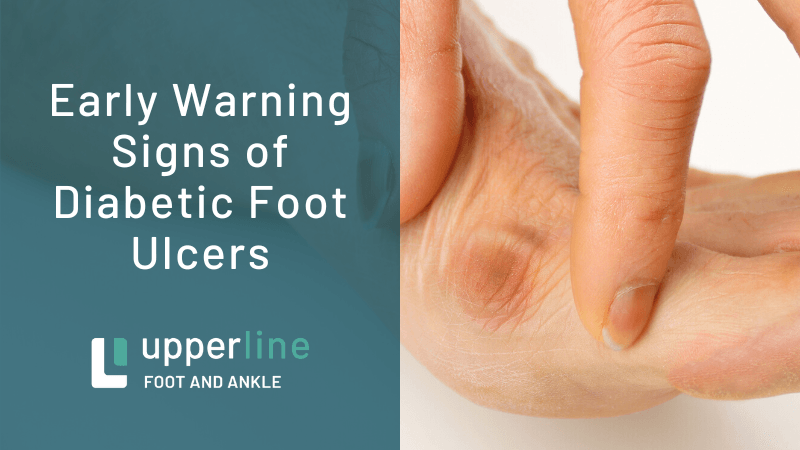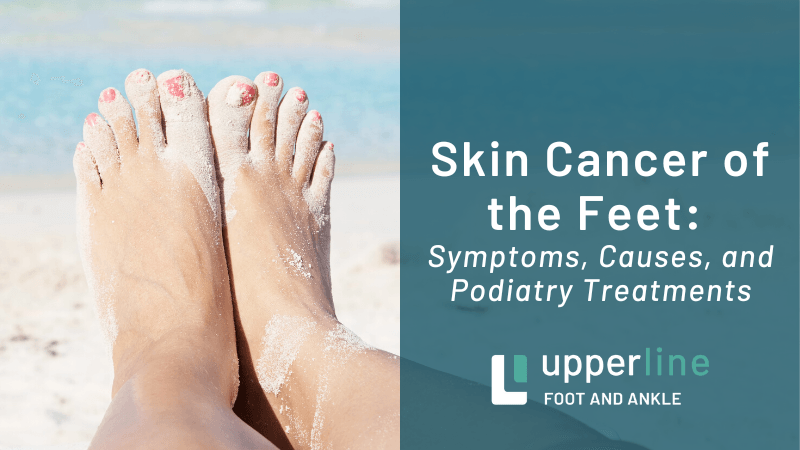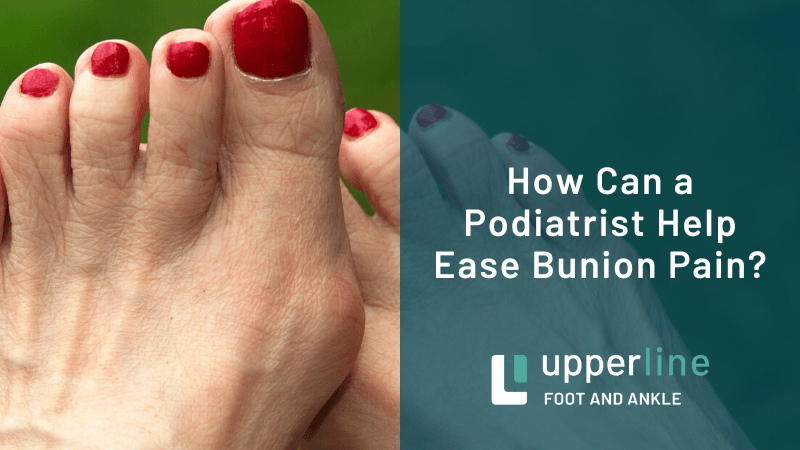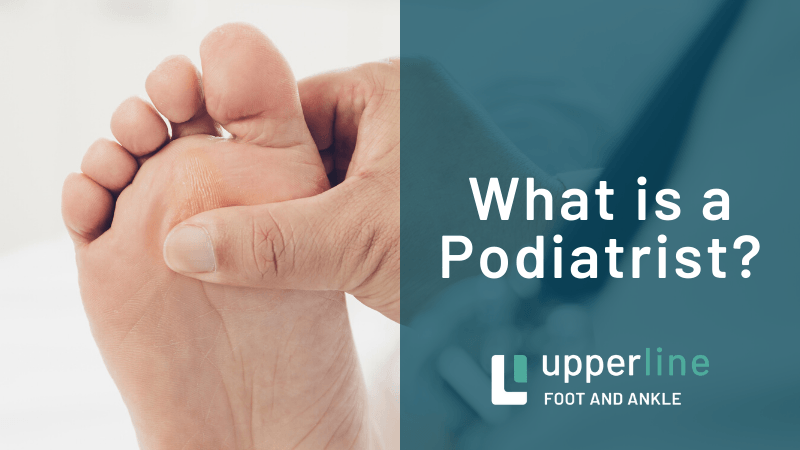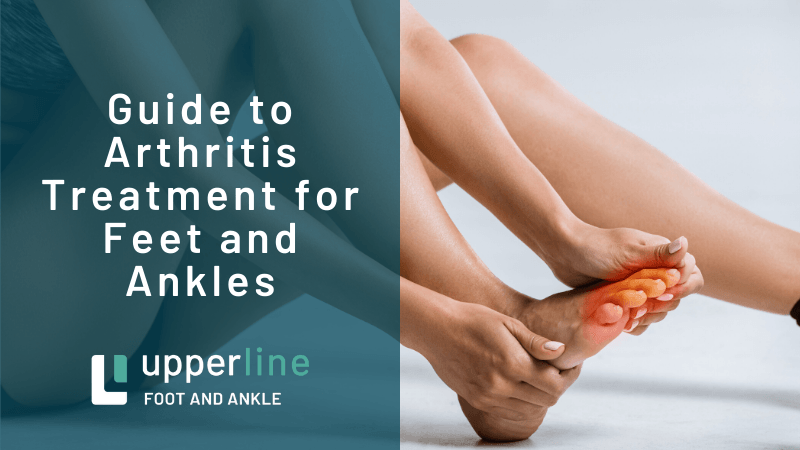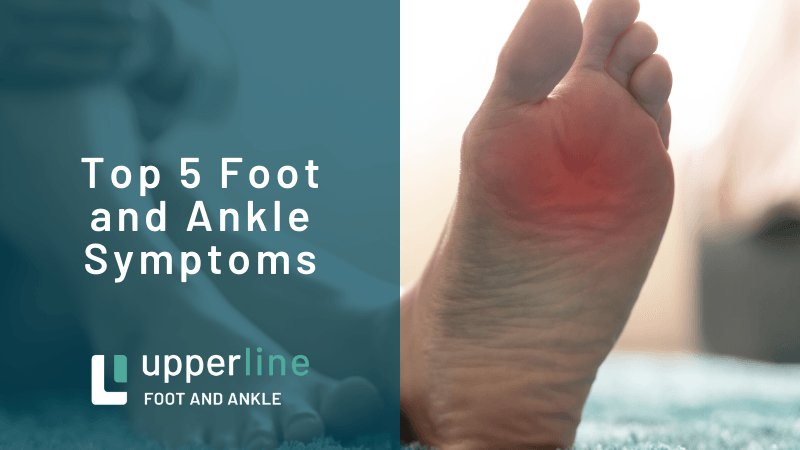How to Treat Bunions
 Q: What is a bunion?
Q: What is a bunion?
A: A bunion is a deformity of the big toe joint where the big toe meets the foot and points in the direction towards the second toe. Because of a mechanical imbalance, it pushes the metatarsal bone behind the big toe in an outward fashion. That bump on the inside of the foot typically becomes red, swollen and makes it difficult wear shoes and walk comfortably.
Q: What are the primary causes of bunions?
A: The primary cause of bunions is heredity. A secondary cause of bunions is the type of shoes a person chooses to wear. Bunions are a progressive deformity that will slowly worsen throughout your life if not treated appropriately.
Q: What are the different types of bunion deformities?
A: The medical term for a bunion is halus abducto valgus deformity. A lot of people wrongly thing a bunion is just a growth of bone on the side of the foot. It’s actually an angular deformity of the joint, and when we’re talking about different types of bunions, there are mild, moderate and severe deformities that can occur, and the treatment options are definitely designed to meet the criteria of the bunion. When evaluating a bunion deformity, sometimes there will be arthritis in the joint, between the big toe and the first metatarsal, where the big toe meets the foot. That’s also spoken about calmly as a bunion deformity, but in reality, some bunions are an arthritic problem that occur in that joint, where the joint becomes very stiff and painful, so in addition to maybe having pain that’s on the outside of the foot over the bump, you can experience pain within the joint when the joint actually becomes arthritic.
Q: What are the top treatment options for a bunion?
A: There are conservative and surgical treatment options available for bunions. Conservative treatment includes:
- Adjusting the patient’s shoe gear so they are wide enough to relieve any pressure pushing on the bunion.
- Over-the-counter anti-inflammatory medications, such as Aleve and Advil, are also helpful in relieving pain associated with a bunion.
- Small pads can be placed on the bunion to protect it from rubbing against the shoe.
- When arthritis is present in the toe, podiatrists will often use Cortisone injections to reduce pain and swelling.
Surgical options are designed to address the actual deformity, not just the symptoms associated with the bunion. The more severe the bunion deformity, the more advanced the procedures are to correct the issue.
- For simple deformities , the bunion is removed and the soft tissue is realigned if necessary. Patients can usually start wearing shoes after approximately 2 to 3 weeks following a bunionectomy procedure.
- For moderate bunion deformities , the metatarsal bone can be cut and realigned to the joint. Once those cuts are made, there is usually some type of fixation applied, such as small screws and plates.
- When more advanced surgical options are required, joints are often fused down into the base of the first metatarsal. This type of procedure generally requires a longer recovery time and involves larger screws and plates.
Q: Can bunions reoccur after surgery?
A: If the correct procedure is performed up front, the chance of recurrence is extremely small, but bunions can still come back. Some procedure outcomes are more predictable than others in terms of recurrence such as the fusion of the big toe joint. That’s a very stable procedure, and the chance of a bunion returning after that type of procedure is small.
If you are considering having a bunion corrected surgically, there are 3 consideration:
- Are you unable to maintain the level of pain associated with your bunion?
- Are you able to find shoes that fit comfortably without too much pressure, rubbing and pain?
- Are you impaired during your normal daily activities?
Most people today like to be active and exercise, and when you find that you can’t walk or run or do the workout you want to do because the bunion hurts, then surgery is an option.
Schedule an Appointment
Upperline Health has locations across Florida ready to care for your lower extremity needs.

Upperline Health Florida provides the highest quality integrated lower extremity care to patients in need through a skilled and compassionate team. We strive to deliver care in a consistent and high-quality manner.
Navigation

